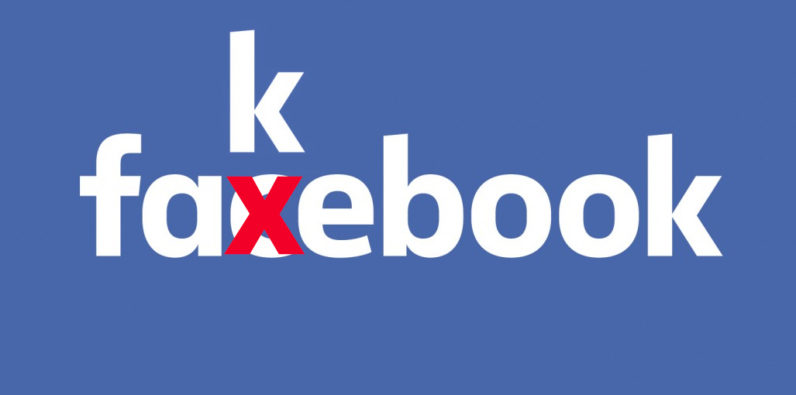




As the UK election draws near, Facebook is cleaning house. The social media giant is taking two major steps to combat false news at a critical moment: deleting accounts and buying ad space in newspapers. The “fake news” ads are running in The Times, The Guardian, and The Daily Telegraph. This isn’t the first time Facebook has taken the fight against false news to old school media. It did the same thing ahead of the French election. The content of the two offline campaigns appears to be largely the same, with Facebook giving 10 warning signs to help spot unconfirmed or unsourced news stories.
In 2014, staff at Slovak national newspaper Denník SME, one of the country’s most popular, discovered that Penta Investments — a financial group they had regularly reported on — was bankrolling the purchase of a 45 percent stake in the firm that paid their wages.
Penta, whose companies employ over 37,000 people and has assets of €7 billion, had been at the center of the country’s 2011 so-called Gorilla scandal — named after a leaked document — which suggested corrupt links between the company and Slovakia’s government, a charge that Penta denies.
When the data you’re looking for to do your reporting doesn’t actually exist, consider collecting it yourselves — or, cast a wider net, and ask for help from those who live in the community whose issues you’re investigating.
German investigative nonprofit CORRECT!V (henceforth, Correctiv) recently wrapped up an investigation meant to address such an absence of reliable, centralized government data that could be made available through a FOI request around class cancellations in schools in the Germany city of Dortmund (connected to a shortage of teachers). The crowdsourced investigation asked Dortmund residents — from parents to teachers to students themselves — to help enter information into its Crowd Newsroom platform on cancellation of classes in Dortmund schools over the course of March. More than 520 participated, resulting in 3,552 class cancellations logged on the platform. Registered users remained anonymous on the platform, but other users could see the reported hours.

Last September, to celebrate its 20th anniversary, Zeit Online — the digital presence of Die Zeit, the weekly German newspaper — held Z2X, a two-day ideas festival in Berlin for people in their 20s.
People had to apply to attend, and Zeit Online received more than 10,000 applications for just 600 spots, Zeit Online CEO Christian Röpke said in a presentation at the WAN-IFRA Digital Media Europe conference in Copenhagen last month. Based on the success of the original festival, Zeit Online put on smaller events last month in cities around Germany, and it plans to hold another iteration of Z2X this fall.

When it comes to emerging technologies, there’s a lot to keep newsrooms busy. Virtual reality has promise, and so do chatbots. Ditto, too, for connected cars and connected homes. In fact, the challenge for most newsrooms isn’t figuring out potential new platforms for experimentation but rather determining which new technologies are worth prioritizing most.
At The New York Times, anticipating and preparing for the future is a job that falls to Story[X], the newsroom-based research and development it launched last May. A “rebirth” of the R&D Lab the Times launched in 2006, Story[X] was created to look beyond current product cycles to how the the Times can get ahead of developments in new technology. (The previous R&D Labs’ Alexis Lloyd and Matt Boggie landed just fine, taking high positions at Axios.)
Discover more from Erkan's Field Diary
Subscribe to get the latest posts sent to your email.